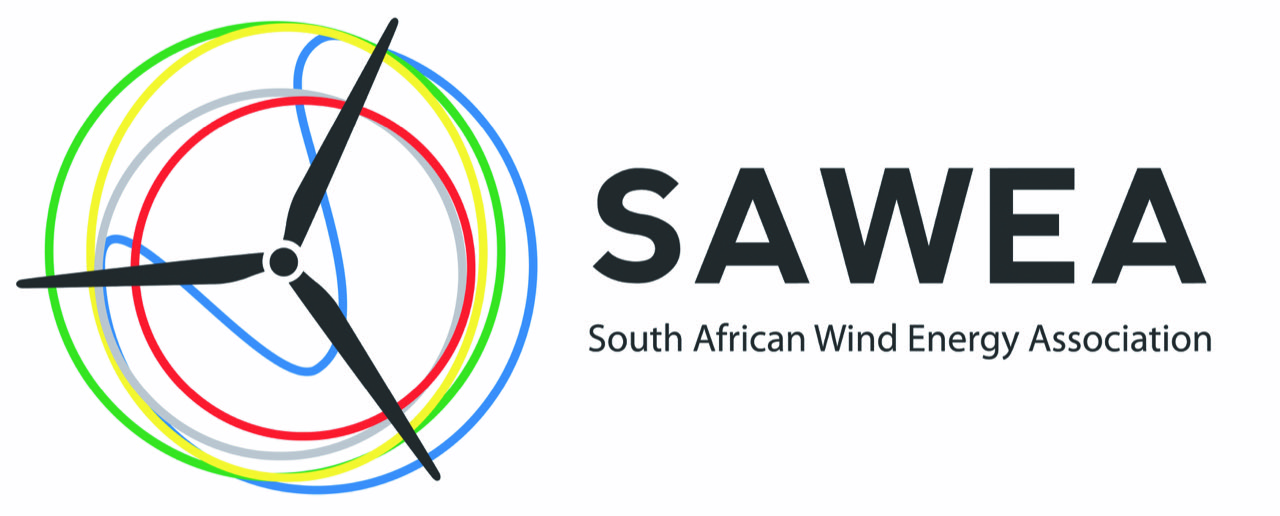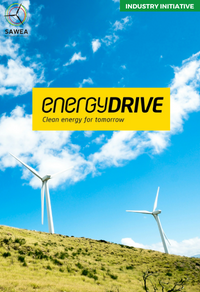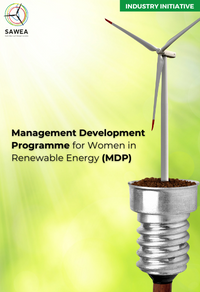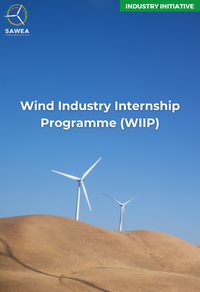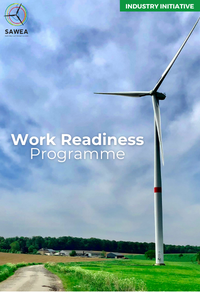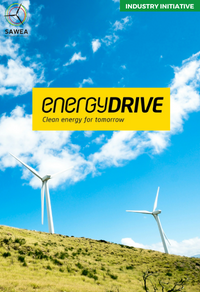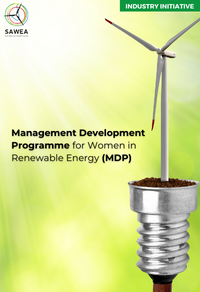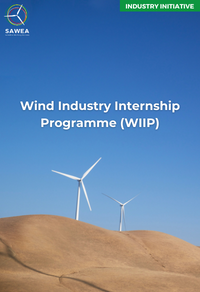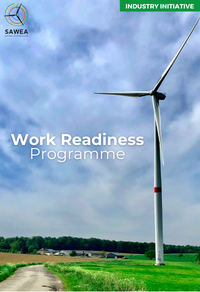CEO Voice - October 2025
Dear SAWEA Members,
South Africa has crossed a threshold where wind energy is set to lead the future energy mix.
The Integrated Resource Plan (IRP 2025) charts a future underpinned by 43 GW of new onshore wind capacity by 2042, positioning wind as a primary driver of energy security, affordability, and decarbonisation. The latest results from the South African Renewable Energy Grid Survey (SAREGS 2025) show that the sector is not waiting for the future – it is already building it. With over 60 GW of wind and hybrid projects in the pipeline, including 17 GW at advanced, grid-ready development stage, the capacity to exceed national targets is already in motion.
This alignment between policy direction and market readiness is a central signal to where the sector is headed. SAREGS continues to function as a strategic coordination tool, linking real development activity to transmission planning and investment prioritisation. It provides the foundation to aligning grid expansion with where generation is already progressing, reducing the risk of stranded capacity and reinforcing investor confidence across the value chain.
While efforts to unlock grid constraint have taken center stage nationally. Congestion curtailment announced this month represents a practical shift in how South Africa advances new-build capacity under existing limitations. By allowing conditional grid access in areas previously declared fully constrained, the framework enables new renewable generation to proceed on the basis of controlled and time-bound curtailment. Congestion curtailment is set to allocate 1580GW of grid capacity in the eastern and western cape.
This shared momentum was strongly reflected at Windaba 2025, under the theme “Break the Gridlock! Wire for Growth!”. The dialogue this year moved decisively from defining systemic challenges to clarifying how we remove them. Government, utilities, regulators, and industry leaders expressed a unified willingness to accelerate transmission build-out, streamline procurement mechanisms, and strengthen market certainty. The tone has shifted – from analysis to action, from individual interests to sector-coordinated delivery.
Windaba Connect further emphasised the importance of inclusive growth, with the launch of the Gender Diversity Guidelines reinforcing the sector’s commitment to opening the clean energy economy to women, youth, and communities. Meanwhile, WindAc Africa illustrated how academic research is now directly shaping operational solutions in hybridisation, repowering, circularity, and grid optimisation – ensuring that growth is technically robust, socially grounded, and future-aligned.
Taken together – the IRP’s policy clarity, the SAREGS pipeline maturity, and the Windaba alignment in strategy and intent – reflect a sector moving with shared direction and shared urgency.
As we enter the final stretch of the year, SAWEA’s priority is to ensure this alignment translates into execution. This includes deepened collaboration with government on transmission rollout, procurement stability, and market reform, as well as the upcoming SAWEM School, delivered with the National Transmission Company South Africa and the Global Wind Energy Council, to build the capabilities required for participation in a more dynamic electricity market structure.
The foundation is solid. The pipeline is strong. The direction is clear.
Our collective task is now delivery – coordinated, accelerated, and sustained.
Warm Regards,
Niveshen Govender
CEO
